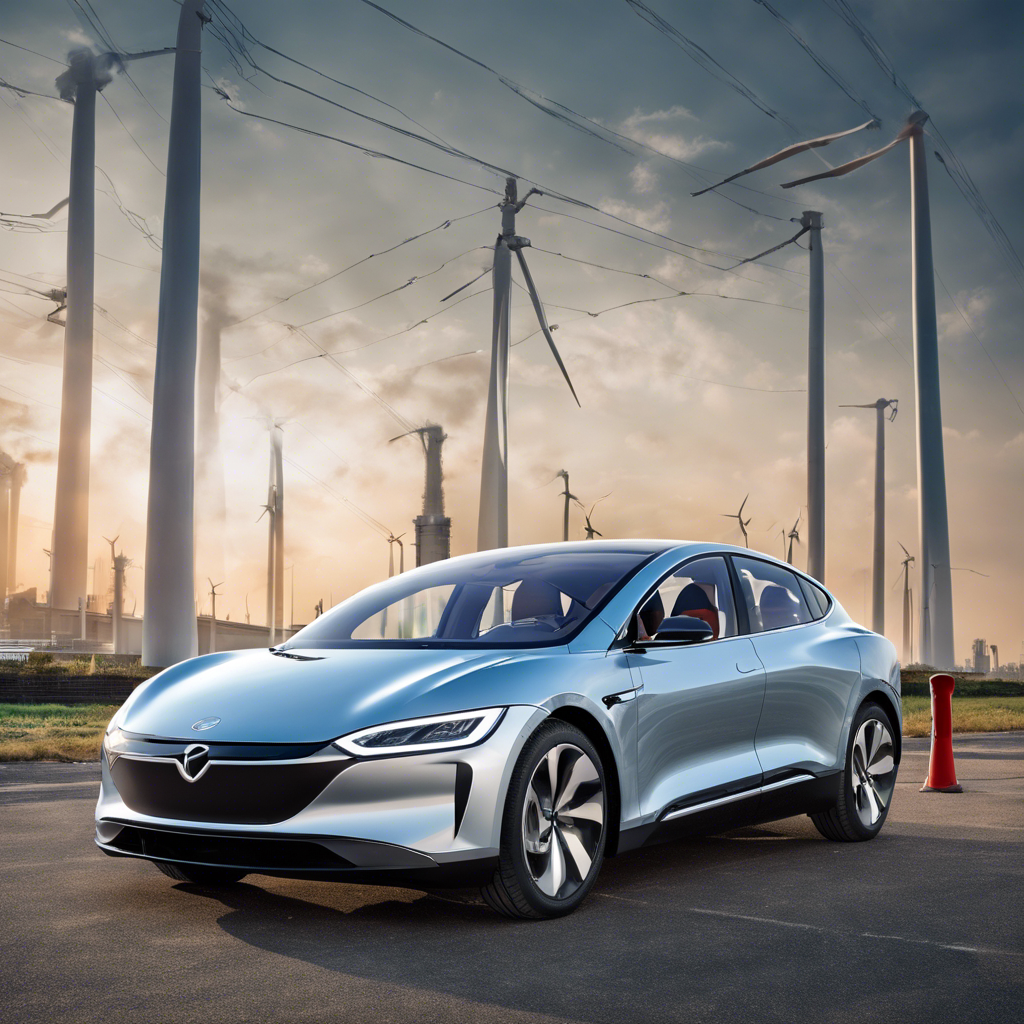The Environmental Impact of the Energy Transition: Separating Fact from Fiction

Debunking Myths about Mining and Waste in the Clean Energy Sector
As the world grapples with the urgent need to transition to clean energy sources to combat climate change, concerns about the environmental impact of this shift have started to emerge. In this article, we will explore two touchy climate topics: the volume of mining required for renewable energy technologies and the potential waste issue associated with their end-of-life disposal. By examining the facts and dispelling common misconceptions, we aim to provide a comprehensive understanding of the true environmental implications of the energy transition.
Mining for Clean Energy: Separating Fact from Fiction
The idea that the renewable energy sector will require an unprecedented amount of mining is often touted as a reason to question the sustainability of clean technologies. While it is true that mining is necessary to extract the minerals and materials needed for renewable energy technologies, the actual volume of mining required is often exaggerated.
For instance, copper, a crucial component in transmission lines and electric vehicle (EV) batteries, is often cited as an example of resource-intensive mining. However, it is important to note that the concentration of copper in mined sites today is typically below 1%. This means that to obtain one ton of copper, over 500 tons of rock may need to be moved. Despite this, the overall mining volume for the energy transition is projected to be lower than that of the fossil fuel economy. The extent of mining will depend on advancements in recycling technologies and the evolution of clean energy systems.
To gain a deeper understanding of the mining requirements for the energy transition, it is recommended to refer to Hannah Ritchie’s comprehensive analysis, which provides a detailed comparison between the current mining practices and the future needs of clean technologies.
Waste from Clean Energy Technologies: A Perspective
Another concern often raised is the potential waste generated by wind turbine blades, solar panels, and EV batteries. While it is true that these technologies will eventually reach the end of their useful lives, leading to waste management challenges, it is essential to put this issue into perspective.
For example, by 2050, it is estimated that there could be up to 160 million metric tons of cumulative waste from solar panels. While this may seem significant, it is crucial to consider the broader context. By that time, the world is projected to generate approximately 1.8 billion metric tons of e-waste and over 12 billion metric tons of plastic waste. Thus, waste from clean energy technologies is just a fraction of the overall waste problem.
Nevertheless, it is important to address the issue of waste from clean technologies responsibly. Many of the materials used in these technologies are expensive and can be recycled, reducing the need for additional mining. Therefore, it is imperative to prioritize recycling and proper disposal methods to ensure the sustainable management of end-of-life clean energy technologies.
Conclusion:
The environmental impact of the energy transition is a complex issue that requires careful examination. While mining is indeed necessary for renewable energy technologies, the volume required is often exaggerated, and the overall mining volume for the energy transition is expected to be lower than that of the fossil fuel economy. Similarly, waste from clean energy technologies, although a concern, is just a fraction of the broader waste problem. By prioritizing recycling and responsible disposal methods, we can mitigate the environmental impact of the energy transition and move towards a more sustainable future. It is crucial to base discussions and decisions on accurate information and a comprehensive understanding of the subject to ensure effective climate action.










